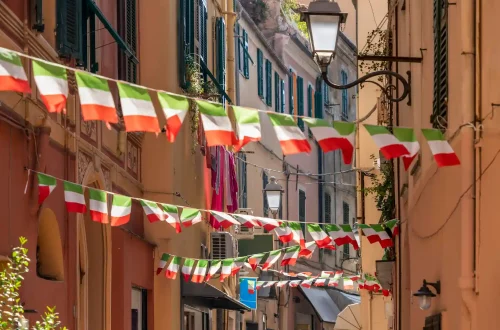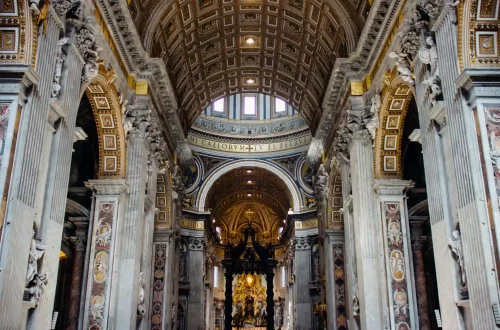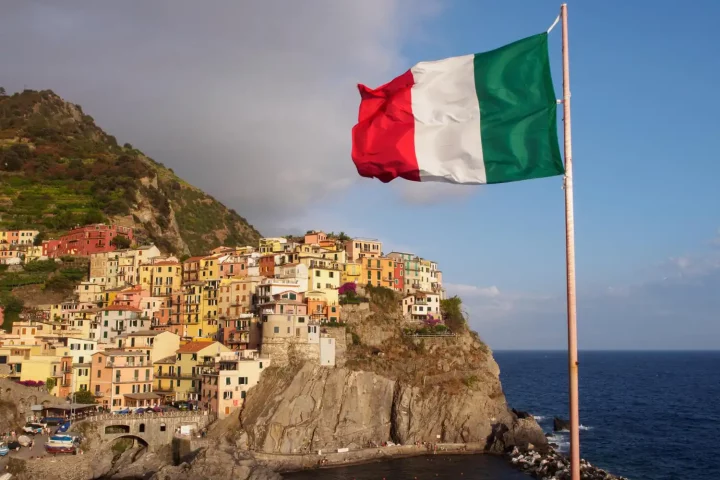Italian regional dialects are deeply rooted in history, culture, and identity, forming a rich linguistic mosaic that continues to shape Italy’s national language and social fabric.
This article explores their definition, classification, legal status, contemporary use, influence on standard Italian, and cultural significance.
Definition and historical context
In Italy, the term “dialetto” refers not merely to regional accents but to distinct linguistic systems that evolved from Latin after the fall of the Roman Empire. These dialects developed independently across the peninsula’s fragmented political landscape, resulting in a wide variety of vernaculars.
Unlike standard Italian—which is based on the Tuscan dialect, particularly the Florentine variety used by Dante Alighieri—regional dialects often differ significantly in grammar, vocabulary, and pronunciation.
Before Italy’s unification in 1861, these dialects were the primary means of communication for most Italians. Even after unification, dialects remained dominant in everyday life, creating a diglossic situation where standard Italian is used in formal contexts and dialects in informal or familial settings.
Linguistic classification and geographic distribution
Italian dialects are traditionally grouped into five major families based on historical and linguistic criteria:
- Gallo-Italic: Spoken in northern regions like Piedmont, Liguria, and parts of Lombardy. These dialects show influence from French and Occitan due to historical proximity.
- Veneto: Centered in the Veneto region, with Venetian being one of the most widely spoken dialects.
- Tuscan: The basis of standard Italian, spoken in Tuscany.
- Central-Southern (Centro-Meridionale): Includes Neapolitan, Romanesco, and Sicilian. These dialects are rich in Arabic, Greek, and Spanish influences.
- Sardinian: A distinct Romance language spoken in Sardinia, with its own internal subdivisions. It is considered one of the most conservative Romance languages.
According to recent estimates, around 50% of Italians still speak a regional dialect as a mother tongue.
Take advantage of specialized assistance to secure your passport for a borderless future.
Legal status and institutional recognition
The legal framework for protecting Italy’s linguistic diversity is established by Law 482/1999, which safeguards historical linguistic minorities. This law recognizes twelve minority languages, namely the Albanian, Catalan, Germanic, Greek, Slovenian, Croatian, French, Franco-Provenca, Friulian, Ladin, Occitan, and Sardinian minorities.
Most regional dialects—such as Neapolitan or Venetian—are not officially classified as minority languages, despite their widespread use.
Vitality and contemporary use of Italian regional dialects
Italian dialects, once widely spoken across the country until the 1950s, began to decline with the rise of literacy and the establishment of standard Italian as the national language. Despite this shift, many individuals—especially those from lower-income backgrounds or with limited formal education—continued using their regional dialects in daily life.
According to Italian language experts, the alternating use of dialect and standard Italian, sometimes even within the same sentence, has helped preserve these vernaculars over time.
Although dialects were once marginalized and associated with lower cultural and social status, this perception has gradually changed. Today, there is a growing movement to reclaim and celebrate dialectal culture. This resurgence is visible in online communities, mainstream media, and artistic productions.
Dialects are now used in films, advertising, shop signage, and digital communication, often to convey irony or authenticity. The success of the TV series “Gomorra,” which prominently features Neapolitan dialect, exemplifies how popular media can revitalize interest in regional speech.
Recent data from Istat (Italian Institute of Statistics) shows that 32.2% of Italians use a mix of dialect and standard Italian in conversations with family and friends. This usage varies by education level and geographic region, with higher prevalence in southern Italy and the islands of Sardinia and Sicily—areas with lower socioeconomic indicators.
The northeast also shows strong dialectal presence, particularly in Veneto. Among the most spoken and studied dialects are Neapolitan, Milanese, Venetian, Romanesco, and Sicilian, each reflecting Italy’s rich linguistic diversity and cultural heritage.
Take advantage of specialized assistance to secure your passport for a borderless future.
Influence on standard Italian
Italian dialects have significantly shaped the national language. Lexical borrowings, phonetic variations, and syntactic structures from regional dialects have enriched standard Italian.
For instance, words like ciao (from Venetian) and pesto (from Ligurian) are now part of everyday vocabulary.
Dialects and cultural identity
Dialects are powerful markers of regional and local identity. They carry emotional weight, connecting speakers to their heritage, community, and family traditions. Sociologically, dialects can evoke pride or stigma, depending on context and perception.
Italian regional dialects are more than linguistic curiosities—they are living expressions of Italy’s complex history, diverse geography, and vibrant culture. While their use may be declining in some areas, efforts to preserve and celebrate them continue to grow.
Understanding these dialects not only enriches our appreciation of Italian language and identity but also highlights the importance of linguistic diversity in a globalized world.
Whether spoken in the streets of Naples or sung in Sardinian ballads, Italy’s dialects remain a testament to the country’s enduring creativity and cultural richness.






